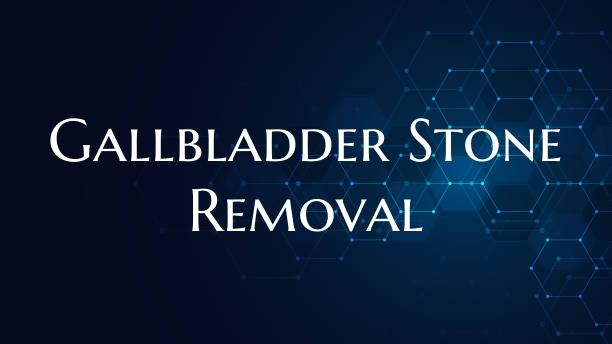
Gallbladder Stone Removal
Introduction: Gallbladder stones, also known as gallstones, are solid particles that form in the gallbladder. These stones can cause pain and other complications, leading to the need for gallbladder stone removal. There are several procedures available for removing gallstones, each with its own benefits and considerations. This article will discuss the different methods of gallbladder stone removal and what to expect during the recovery process.
1. Non-surgical Options: a. Medications: In some cases, gallstones can be dissolved with oral medications that help to break down the stones. This option is usually reserved for small cholesterol stones and can take several months to be effective. b. Endoscopic Retrograde Cholangiopancreatography (ERCP): This procedure involves passing an endoscope through the mouth and into the bile duct to remove gallstones. It is minimally invasive and can be done on an outpatient basis. c. Shock Wave Therapy: Extracorporeal shock wave lithotripsy (ESWL) is a non-surgical technique that uses shock waves to break up gallstones. This procedure is typically used for smaller stones and may require multiple sessions.
2. Surgical Options: a. Laparoscopic Cholecystectomy: This is the most common surgical procedure for gallbladder stone removal. It involves making several small incisions in the abdomen to remove the gallbladder containing the stones. Recovery time is generally quicker compared to traditional open surgery. b. Open Cholecystectomy: In cases where laparoscopic surgery is not feasible, open cholecystectomy may be performed. This involves making a larger incision to access and remove the gallbladder. Recovery may take longer than laparoscopic surgery. c. Choledocholithotomy: This procedure is done to remove stones that have moved from the gallbladder into the bile duct. It involves making an incision in the bile duct to extract the stones.
Recovery: After gallbladder stone removal surgery, patients may experience soreness, bloating, and fatigue. It is essential to follow post-operative care instructions provided by the healthcare team, including pain management, diet modifications, and activity restrictions. Most patients can resume normal activities within a few weeks of surgery, but strenuous exercise and heavy lifting should be avoided for a longer period.
Conclusion: Gallbladder stone removal is a common procedure performed to alleviate symptoms and prevent complications associated with gallstones. The choice of treatment depends on the size and location of the stones, as well as the overall health of the patient. By understanding the available options for gallbladder stone removal and following post-operative care guidelines, patients can effectively manage their condition and achieve a smooth recovery.